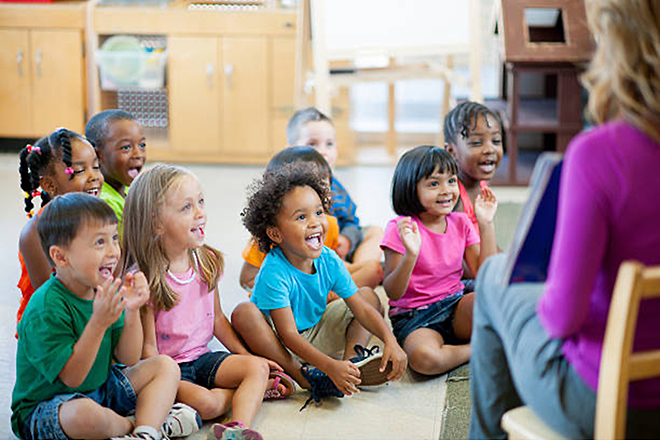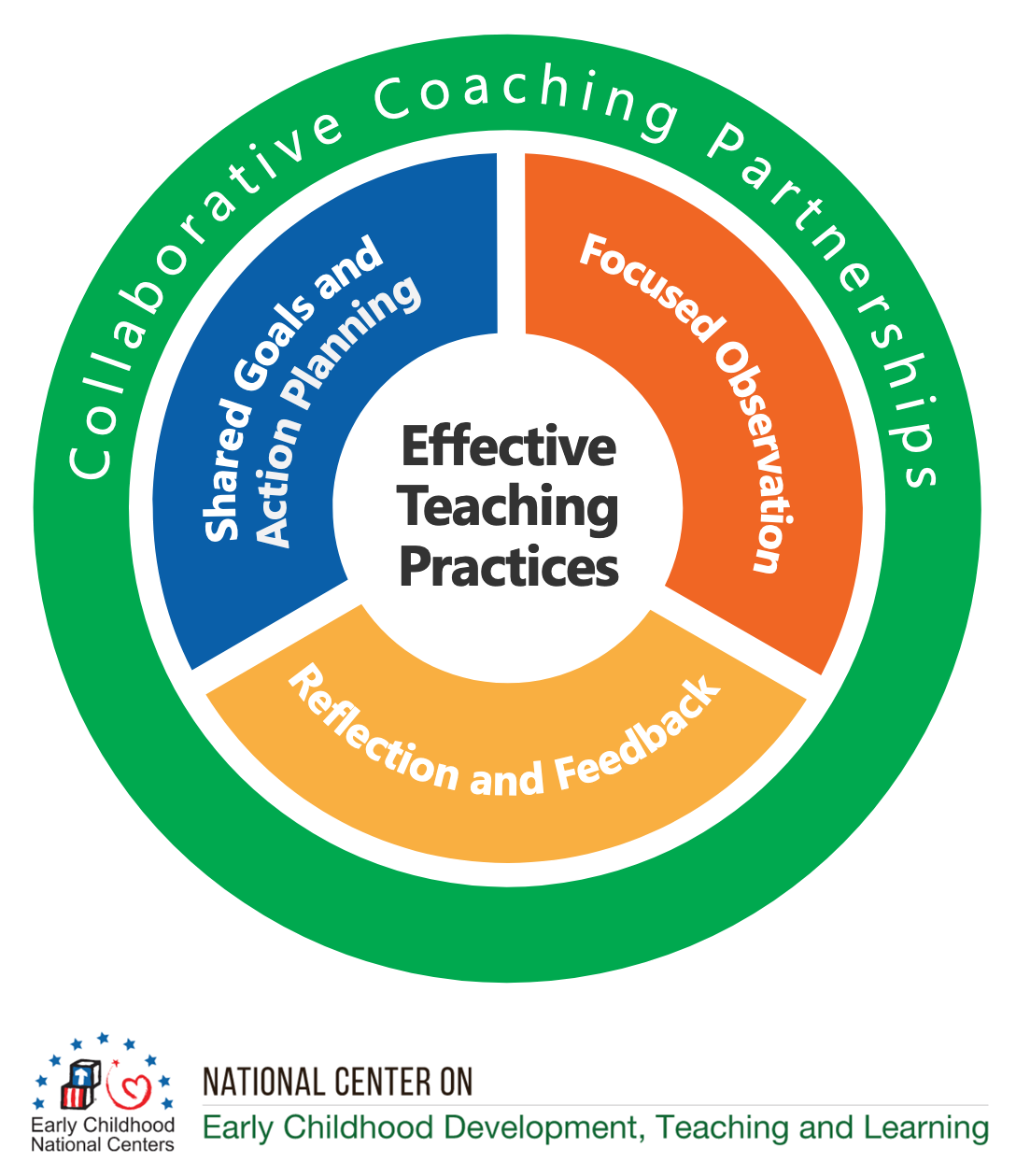
In a moment of frustration, Mary dumped the manipulatives for the small group math activity on the floor at her preschool…again. Her teacher, Duarte, was just as frustrated as Mary. He had tried patiently to help her learn how to deal with her strong emotions and had even referred her for screening to the center director. The screening for socio-emotional and behavioral issues indicated that Mary did not qualify for an IEP, which left Duarte feeling at a loss in figuring out how to help her. Mary seemed to need so much support to communicate and show her feelings appropriately, have positive relationships with the other kids in her class, and make space for everyone to learn.
This scenario is a common occurrence in many preschool classrooms as children are constantly learning, exploring, and sometimes struggling to figure things out, with teachers at the ready to help when needed. Children’s development and learning is not linear. Most experience some bumps and roadblocks along the way, such as disruptions to family life and traumatic stress, and they need extra support to build resilience and develop their strengths. Still, up to 30% of young children enter kindergarten struggling with aggression, noncompliance, and disruptive behavior that disrupts their learning. Research indicates that children who exhibit these challenging behaviors are also likely to have poor academic performance and experience negative interpersonal relationships with teachers and peers. Building social-emotional skills in preschool can help children to reduce inappropriate behavior and have a positive outlook about school; these skills are also linked to long-term social-emotional, academic, and physical health outcomes.
How can teachers build and enhance their students’ social-emotional skills? One intervention, BEST in CLASS (Behavioral, Emotional, and Social Training: Competent Learners Achieving School Success), was specially designed to address young children’s persistent and intensive challenging behaviors. BEST in CLASS practices encourage the development of supportive teacher-child interactions and enhance teachers’ use of evidence-based practices that support children’s social, emotional, and behavioral skills. Actually, many teachers are already using many of the BEST in CLASS practices in their classrooms; the intervention combines training and practice-based coaching to help teachers intentionally and strategically use these strategies more frequently and with higher quality.
BEST in CLASS offers early care and education teachers three components:
- 6-hour workshop with detailed information that builds teachers knowledge and skills of BEST in CLASS intervention.
- BEST in CLASS Teacher Handbook with guidelines for how to implement each practice in the classroom and how to encourage families to use them at home.
- 14-weeks of practice-based coaching to support and enhance teachers use of the BEST in CLASS practices with identified children.

Practice-based coaching is a form of professional development that uses a cyclical process (of planning-engaging-reflecting) for supporting teachers in using effective practices that lead to positive outcomes for children.
In all of its components, BEST in CLASS promotes the following evidence-based, effective teaching practices:
- Rules – establish a small set of clear classroom rules to support children’s appropriate behavior and a positive learning environment for all.
- Precorrections – give children a heads-up about upcoming activities and what specific behaviors you expect for productive participation.
- Opportunities to respond – focus and tailor your instruction while giving children opportunities to actively participate in learning by responding to questions and cues (rather than engage in challenging behaviors).
- Behavior-specific praise – let children know that they behaved in an appropriate, positive way and how they can earn positive attention in the future.
- Corrective feedback – help children know when their behavior doesn’t meet classroom expectations or their answers aren’t correct, so they can improve their response the next time.
- Instructive feedback – provide children with additional information to increases their learning of behavioral expectations and new concepts.
- Linking and mastery – link the BEST in CLASS practices together (for example, opportunities to respond + corrective feedback) to increase children’s engagement and reduce problem behavior.
To illustrate how BEST in CLASS may support early care and education teachers to use and enhance their good teaching strategies to deal with children’s challenging behavior, we want to re-imagine the scenario of Mary and Duarte from above. By linking some of the BEST in CLASS practices, working weekly with his supportive coach, and responding supportively to Mary’s feelings, Duarte could promote a different response and interaction such as the following:
To closely examine the implementation of these teaching strategies and their impact on children’s behavior and learning in a classroom such as Mary and Duarte’s, researchers from SRI International are conducting a large-scale study of BEST in CLASS in the coming years. Funded by the U.S. Department of Education and in partnership with the University of Florida and Virginia Commonwealth University, SRI will work with teachers in Head Start and early care and education classrooms across the country. We will randomly assign teachers to a group who will receive BEST in CLASS training and coaching support for one year or to a comparison group that will instruct their class in “business-as-usual” ways, receiving BEST in CLASS training after the study concludes. Our researchers will collect information about teachers’ ability and willingness to implement the BEST in CLASS practices, the impact of these practices on the classroom learning environment, and their effect on children’s behavior and learning. We hope to learn more about what professional development support works best for teachers like Duarte, how often we see practices promoted by BEST in CLASS enacted in classrooms, and the degree to which children like Mary can increase their positive, appropriate behavior and learning.
To learn more about BEST in CLASS, please visit the website and be sure to check back here, on the Student Behavior Blog, for future blog posts, study updates, teacher feedback, and a special interview with the developers of BEST in CLASS. We look forward to learning together and spreading the word about effective, evidence-based practices to improve positive early learning environments and the engagement, performance, and well-being of all young children.
The research reported here was supported by the Institute of Education Sciences, U. S. Department of Education, through Grant R324R210005 to SRI International. The opinions expressed are those of the authors and do not represent views of the Institute or the U.S. Department of Education.
